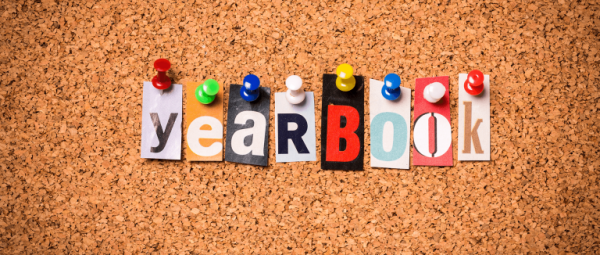Is the new Disney diversity being recognized?

January 13, 2022
Disney hasn’t been very good with depicting diversity in the past. Movies like “Aladdin,” “Peter Pan,” “Fantasia,” “Pocahontas,” and many more all have damaging stereotypes about Arab and Native American culture, as well as slavery. In recent years Disney has expanded on movies for people of color (POC), but there are still faults that should be fixed. With recent representation of Hispanic, Asian, and other POC culture/characters, fans of these movies have been missing the point by a long shot.
Instead of focusing on the story and the important pieces of it, fans (usually white people) try to figure out if a character in the movie is apart of the LGBTQ+ community. Of course, LGBTQ+ representation is important, but POC rep is the focus of the movies and should not be ignored.
The movie “Encanto” came out on November 24, 2021. It is about a teenage girl named Mirabel who is surrounded by family members with extraordinary powers and struggles to find a place with them because of her lack of a miracle. Abuela (the grandmother) puts high expectations on each of the members with powers, expecting them to be perfect. Isabella (Mirabel’s sister) is planning to marry a man named Mariano. She doesn’t seemed thrilled to marry him but she tries to follow through because she is putting the family first. Certain people interpret the fact that Isabella doesn’t want to marry Mariano because she “has to be a lesbian.” Many of the people viewing it this way are not Hispanic and don’t understand the pressure of Hispanic expectations. Just because she doesn’t want to marry this man does not mean that she is not interested in men.
The musical “Hamilton” is based around the founding fathers and important people who fought in the American Revolution. In this musical, the entire main cast is played by POC. The purpose of this is to create diversity and give it a modern spin, considering how most people back then were white, racist, and slave owners. Instead of fans realizing how monumental and beautiful it was, they went straight to guessing the characters sexualities. Considering this took place in 1776, these characters would not be very accepting of these sexualities anyway.
Our last movie to talk about is “Mulan.” Mulan’s father is drafted into a dangerous war, and she is not ready to let that happen. During the night, she steals his armor and plans to take his place. She disguises as a man to fool the captain, and it works very well. In the process of winning the war, she falls in love with the captain. Some viewers, once again, took it into their hands to shift the story’s point. Because Mulan dressed as a man, some think that she is transgender. That is not the case at all. She decided to do that to save her father, not because she wants to be a man. Also, stereotypically, Asian women are seen to be hyperfeminine, as shown in the beginning of the movie. Just because she tends to be more masculine does not mean she is a man and assuming so enforces those stereotypes on gender, sexual orientation, and race.
In conclusion, both LGBTQ+ and POC representation are important, but let’s not ignore one representation by trying to insert another. They both need their time to shine, and it can be upsetting when people are completely missing the point of the story just because they want to be included.











